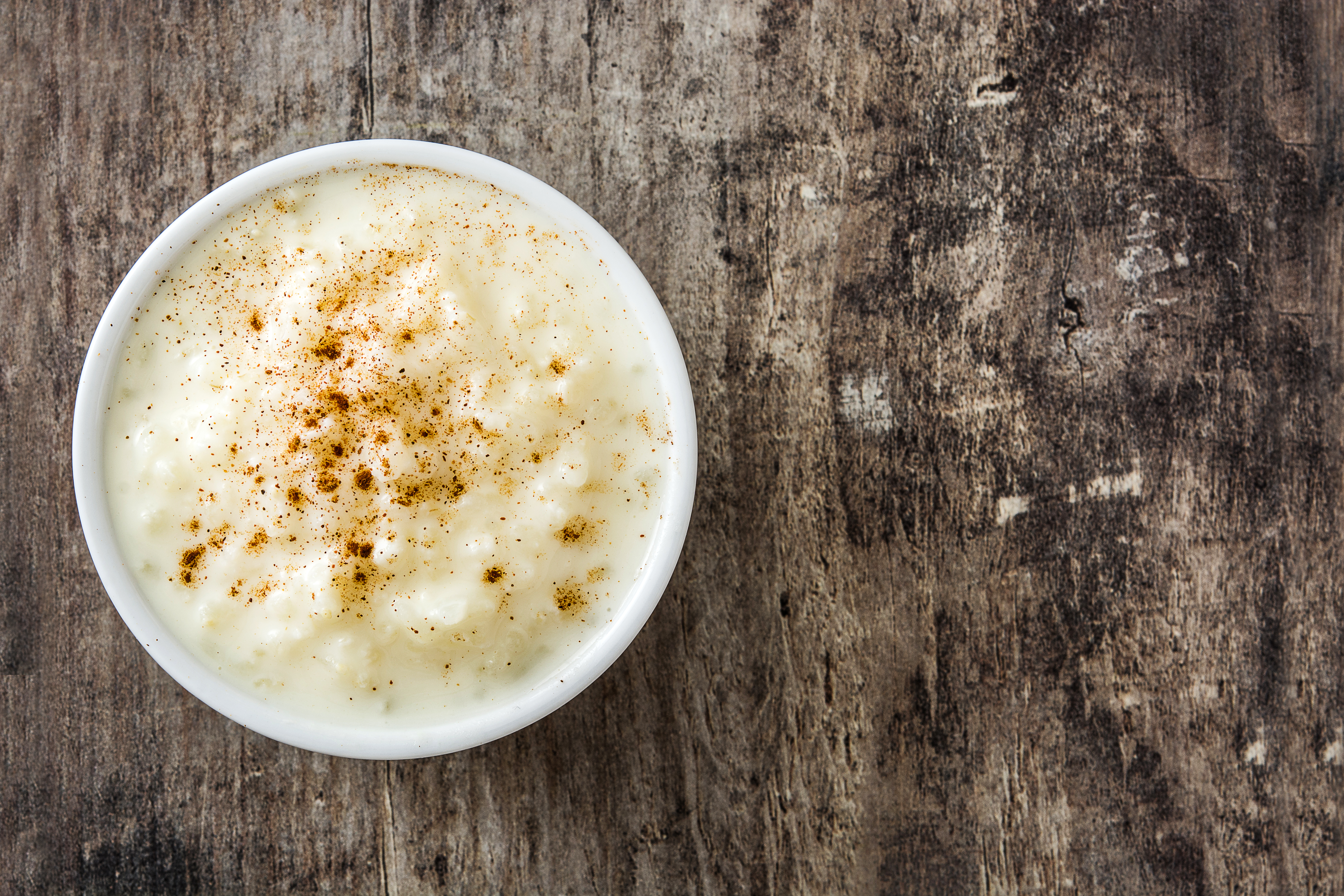If you're a fan of salad bars or puttanesca sauce, you may be familiar with capers. They are those sharp-tasting little green buds that garnish many salads and other dishes. But what exactly are capers? Discover everything you need to know about these pungent little green guys.
You may see them jarred or canned in your supermarket and place some in your cart, or you may pass right by them altogether. Either way, you likely have plenty to learn about capers. Read on to find out more about their taste, uses and health benefits—and, most importantly, to answer this question: what, exactly, is a caper?
What are capers?
Capers (Capparis spinosa) are the flower buds of the aromatic caper bush that grows naturally in the Mediterranean region and parts of Asia, dating back to 600 B.C., according to The New Food Lover's Companion by Herbst and Herbst. Today, the perennial plant is grown worldwide, from Iran to Australia. Capers are an essential ingredient in the cuisines of the Mediterranean, adding color, aroma and flavor to many dishes.
Are capers the same as caper berries?
Capers are not the same as caper berries, though they come from the same plant. Caper berries are formed when immature buds are left on the bush, where they blossom into flowers and, eventually, turn into the caper berry fruit, attached to the bush by a long stem, almost like a cherry. Their coloring, size and shape, however, make them closely resemble green olives. Compared to capers, caper berries are milder in taste.
What do capers taste like?
The flavor of capers can be difficult to describe because their profile is specific and unique. Capers taste like, well, capers. Fresh capers are vegetal, floral, bitter and slightly tart-tasting. Their natural, pungent profile can be off-putting, so commercial capers are processed in either of two ways for the consumer. To make them palatable, caper producers pickle the little buds in a brine of water, salt and acid (like vinegar), or they dry-salt cure them. Though the methods are different, the resulting flavors are similar: salty, briny and tangy capers. The aromatic and vegetal qualities are reduced but still present, and the overall flavor remains sharp.
How to store capers
According to the USDA, store unopened jars of pickled capers at room temperature for 12 to 18 months. Once the container is opened, capers can be kept in the refrigerator for five to seven days. Storing the capers in their brine until use is also recommended, because salt reduces the growth of microorganisms that could lead to food poisoning.
Types of capers
When you pick up a can or jar of capers in the grocery aisle, you may not think about the type of capers you are about to buy because they're generally tiny and their differences may be hard to glean when you're trying to get in and out of the supermarket. Still, you may be surprised to learn that capers come in six different sizes—you may have to place them side by side to notice.
Generally speaking, capers are defined by their stage of development. You can find out the caper type on the packaging label.
- Nonpareilles: The tiniest, most tender buds, with a 7-millimeter (about 1/4-inch) diameter. They have the most delicate flavor and texture of all caper types.
- Surfines: 7 to 8 millimeters
- Capucines: 8 to 9 millimeters
- Capotes: 9 to 11 millimeters
- Fines: 11 to 13 millimeters
- Gruesas: greater than 13 millimeters
The larger the caper buds, the tougher the texture.
Health benefits of capers
A 2019 study noted that these tiny flower buds contain phenolic compounds, such as quercetin and kaempferol, with the highest concentration in nonpareilles, the first stage of flower development. These compounds may have antioxidant and antidiabetic properties, with potential capabilities in treating cancer, heart disease and cell inflammation—more research is needed to prove their effectiveness, though.
Many common foods contain phenolic compounds, including herbs like basil, fruits like oranges and peaches, and vegetables like kale, cabbage and yams.
After fresh capers are brined or cured, their health benefits may diminish. Research notes that processed capers may lose as much as 60% of their phenolic compounds during processing. In other words, if you want the most health benefits from capers, you may also need to consume the liquid they came with, which, for most of us, is not only not recommended because of all the sodium, but unrealistic.
In one popular brand of pickled nonpareille capers, there are 230 milligrams of sodium per teaspoon, about 10% of your Daily Value. Nutritional content will vary by brand, type and whether the capers were pickled using a liquid brine or dry-salt cure, but generally capers are not a significant source of vitamins or minerals, although many do contain small amounts of vitamin K and copper.
Should I rinse capers?
To reduce the salt in capers, rinse them with water to wash off the brine or salt. This method is recommended for people on a low-sodium diet, such as those with kidney disease or high blood pressure.
If you are generally healthy, rinsing capers in water is a personal choice—washing off the brine certainly dilutes the saltiness, but that also depends on your taste preference. When capers are added in small amounts or are eaten sparingly to enhance the flavor of a dish, you may not necessarily need to rinse them.
Photo by Christine Siracusa
How to use capers
Capers can be added to many different types of dishes. They may be included whole, fresh out of the jar or can, or fried for additional texture, or pureed for use in a sauce. We even like them for dip, like in our 3-Ingredient Smoked Fish Dip with Capers. Serve it with baguette slices at your next dinner gathering.
These green buds pair well with seafood entrees like fish stew, salmon and scallops. Capers also add a layer of savoriness to salads, including our Arugula & Potato Salad with Herbs and Mashed Chickpea Salad with Dill & Capers.
Moreover, you can use capers to make sauces—our White Wine Lemon-Caper Sauce is a perfect example—use it to drizzle over entrees or as a pasta sauce. Or, blend these green buds with mayonnaise to go along with salmon cakes—you can't go wrong with this flavor combination.
Capers complement proteins beyond seafood, too—our tomato caper sauce recipe provides a unique flavor that enhances simple grilled chicken breasts—you may be pleasantly surprised!
Finally, these versatile green buds taste amazingly delicious with eggs, as well as on sandwiches. Try them in our Egg Salad & Avocado Toast with Capers and Green Goddess Sandwich recipes.
Whether scattering them as a garnish to finish to a dish or cooking them up in a sauce, having capers handy can add taste and complexity to many recipes.
Substitutes for capers
When you don't have capers on hand, or if you just don't particularly like their flavor, it's relatively easy to compensate or substitute for capers. Replace capers with lemons and/or limes to mimic that bright, acidic tanginess, as well as green olives for their salt and somewhat similar flavor profile.
Bottom line
Capers offer a savory and bold flavor pop in tiny spherical packaging. A small amount of capers goes a long way. While these edible, pickled buds offer potential health benefits, you may be better off eating them sparingly, especially if you are watching your salt intake. Nevertheless, capers are an excellent accent to a variety of dishes—check out our Scallops & Cherry Tomatoes with Caper-Butter Sauce or Swordfish with Olives, Capers & Tomatoes over Polenta today.
This article was written by Novella Lui, M.H.Sc. and Rd from EatingWell and was legally licensed through the Industry Dive Content Marketplace. Please direct all licensing questions to legal@industrydive.com.









